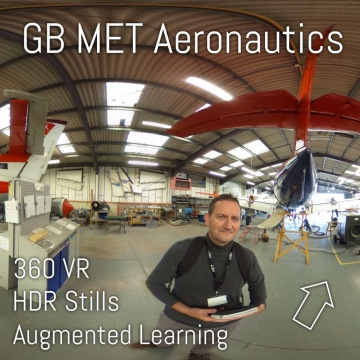H810 Activity 4.1
Define problems by:
Campus–based issues:
Complusory Education (College, old and new univerisities, postgraduate and even training)
Context – nature of campus, policy, history if and funding of accessibility, maturity and life-expeirence of the student (born with the impairment or not, residential experience or not). Gender, age, socio-economic group and sexual orientation. Before or after the London 2012 Paralympics and the call by Sebastian Coe to 'lift the cloud on limitations'.
Access related to mobility: parking, maps, ramps, signage, estates response to lifts that may not be working, policy and funding in relation to accessibility legislation. Geographical location of the campus – in town, or out of town, residential or collegiate, degree of provision of accommodation and other services.
Provision in lecture halls or tutorials of support for mobility, sight or hearing impaired and getting this balance right so that you promote/advertise services, but don't end up, in a wheelchair user's terms with the 'cripple corner' where wheelchair users are literaly pushed.
Course choices, flexibiliy if online provison as alternatives to some activities, registration procedures and how these are handled, such as per–start induction for disabled students and a buddy system.
Desk space and layout in rooms and libraries.
Access to social spacecs, not just dining areas, but JCR, library, bar, lavatories, postroom, laundry services, theatres etc.
Online learning issues:
Quality of thinking behind the e–learning and how often updated and ameliorated to ease and improve access for everyone.
Training as well as provision of assistive technologies.
Tick the boxes at the design and build stage for: cognitive, visual, hearing and mobility issues. i.e. keep it simple and apply web usability criteria relating to fonts, sizes, choices, colours, contrasts and layout i.e. good design is clearer for everyone.
Issues by subject/context:
The choice is with the student if they have the grades to join the course, but do you question someone with a sight impairment signing up to an art history course, someone with a hearing impairment studying music or potentially someone with mobility impairment signing up to a module in physical education, geology, civil engineering or mining – for example. On the other hand, though this is based purely on personal experience, I feel sure that an above average percentage of people with dyslexia are artisits or actors, or coach/teach sport i.e. they shy away from highly text based academic courses and careers. Part of higher education is a chance for a person to discover where their strengths and weaknesses lie.
Common to all:
Extra time to complete tasks, even flexibility in the term or year for longer treatment breaks.
Personality, life–experience and participation in social life, how post compulsory education in various forms can be a 'big step in forming an independent personal and social identity'.
